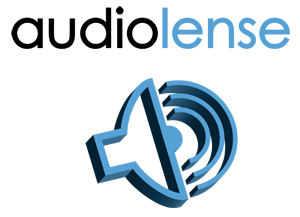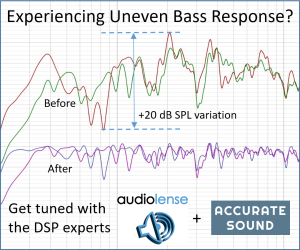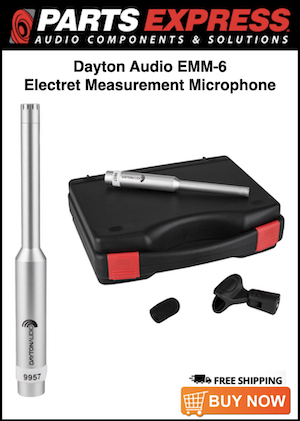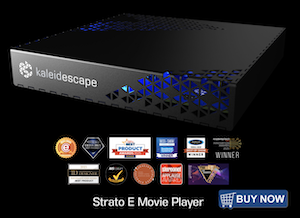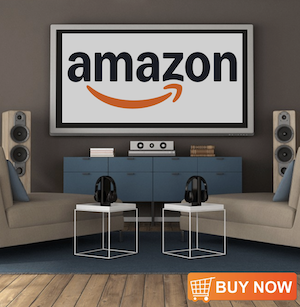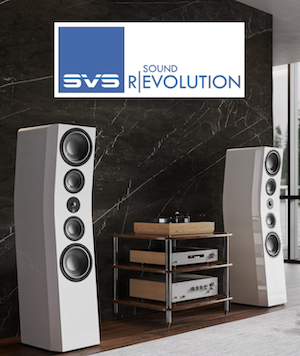HerbertWest
Member
Thread Starter
- Joined
- Jan 10, 2021
- Posts
- 21
Hi all,
As experiment, I was considering combining two 2-way passive bookshelf speakers as a single “virtual” speaker, with audiolense driving each bookshelf independently.
My “use case” is nothing more than the curiosity to experiment with a L/R/C setup for music stereo upmixes. A center channel matching my L/R speakers is the way to go, but before buying it I wanted to check out if I like the upmix concept at all.
The only speakers I have for the test are the above pair of bookshelves.
Of course, I could use a single bookshelf and call it a day.. but then, where would the fun of tinkering be?
Now, I know that using more than a single speaker for a mono signal is not recommended.
Nonetheless, I am curious if audiolense XO (and its time alignment) could make the above work.
I see three options:
1) “crossover option”: the two speakers would be on the same horizontal plane, adjacent; one would play lower frequencies (eg up to 600 hz), the other the remaining range (600-20kHz). Frequencies below 80Hz will be sent to a subwoofer.Basically a poor man’s 3-way; compared to a single bookshelf, I expect a bit more SPL and possibly lower distortion due to the woofers working on a reduced freq range.
2) same signal sent to both speakers, placed on a vertical axis (one on top of the other). Each speaker would be TTD corrected by audiolense (TTD per driver). My understanding is that this would be less terrible than having them on the same horizontal plane and fed with the same signal.
3) use a single bookshelf. No tinkering. Use the time saved from this weird experiment to listen to actual upmixed music
Curious about what experiment option would you recommend.
thanks!
As experiment, I was considering combining two 2-way passive bookshelf speakers as a single “virtual” speaker, with audiolense driving each bookshelf independently.
My “use case” is nothing more than the curiosity to experiment with a L/R/C setup for music stereo upmixes. A center channel matching my L/R speakers is the way to go, but before buying it I wanted to check out if I like the upmix concept at all.
The only speakers I have for the test are the above pair of bookshelves.
Of course, I could use a single bookshelf and call it a day.. but then, where would the fun of tinkering be?
Now, I know that using more than a single speaker for a mono signal is not recommended.
Nonetheless, I am curious if audiolense XO (and its time alignment) could make the above work.
I see three options:
1) “crossover option”: the two speakers would be on the same horizontal plane, adjacent; one would play lower frequencies (eg up to 600 hz), the other the remaining range (600-20kHz). Frequencies below 80Hz will be sent to a subwoofer.Basically a poor man’s 3-way; compared to a single bookshelf, I expect a bit more SPL and possibly lower distortion due to the woofers working on a reduced freq range.
2) same signal sent to both speakers, placed on a vertical axis (one on top of the other). Each speaker would be TTD corrected by audiolense (TTD per driver). My understanding is that this would be less terrible than having them on the same horizontal plane and fed with the same signal.
3) use a single bookshelf. No tinkering. Use the time saved from this weird experiment to listen to actual upmixed music
Curious about what experiment option would you recommend.
thanks!








